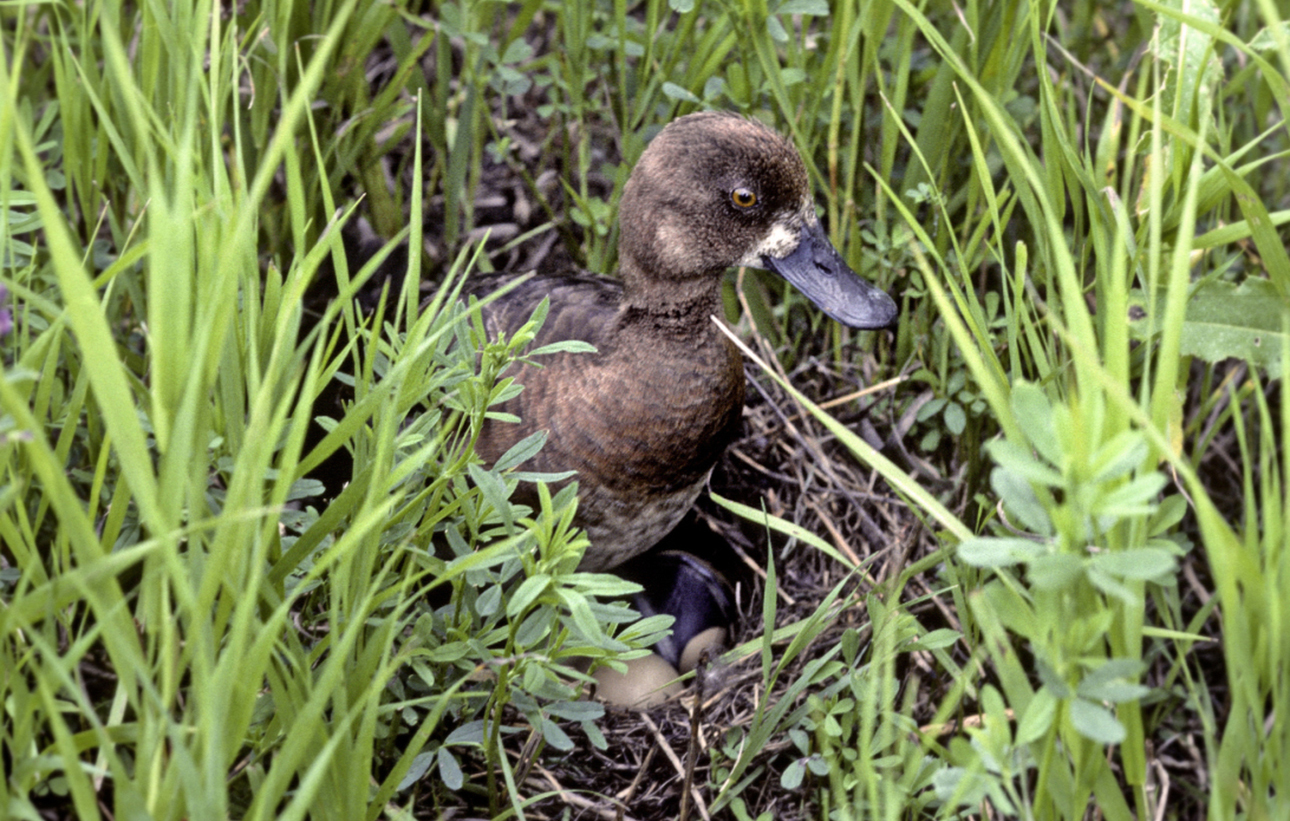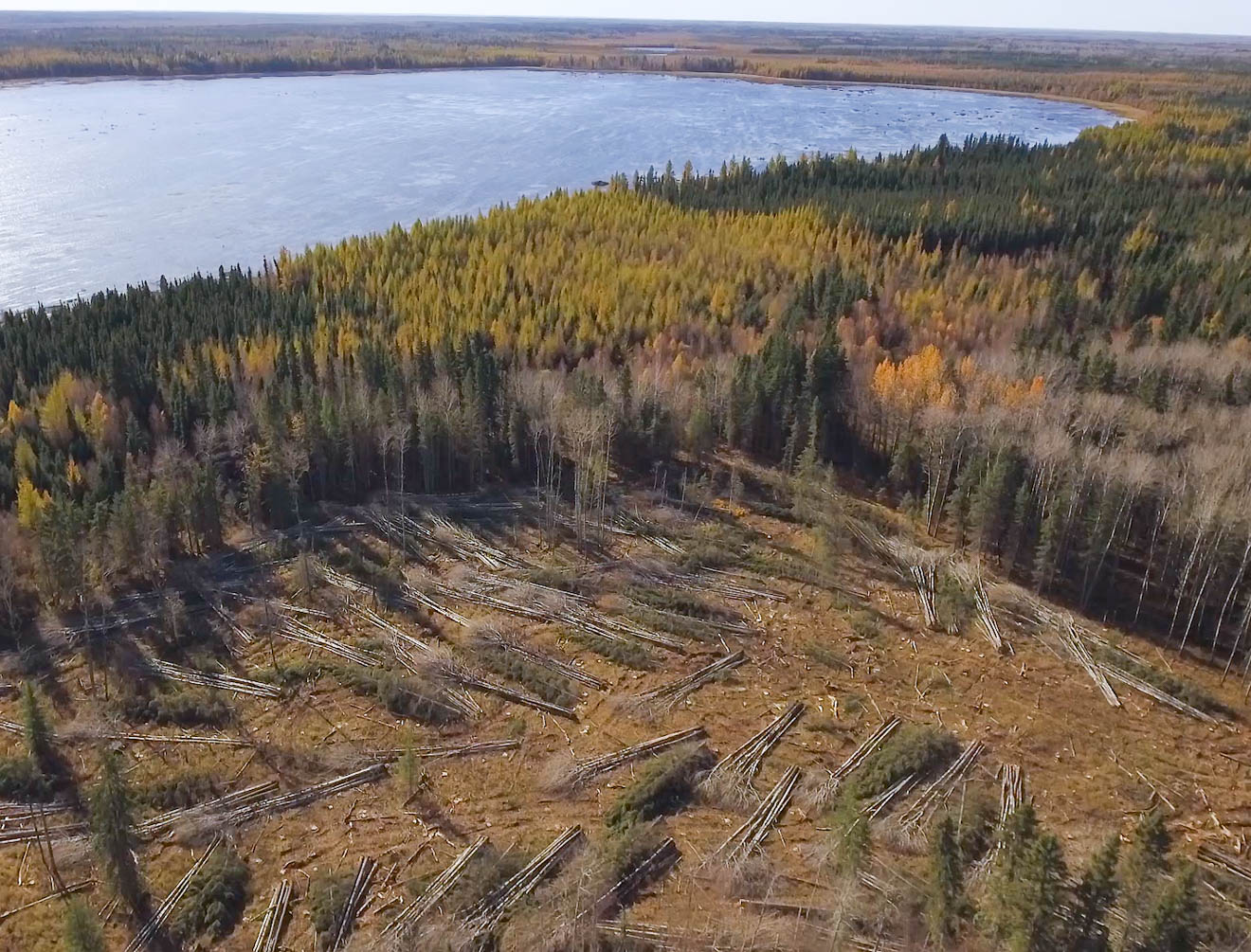Ducks Unlimited Canada
National Boreal Program
10525 170 St NW Suite 300
Edmonton, Alberta, Canada
T5P 4W2

Ducks Unlimited Canada
National Boreal Program
10525 170 St NW Suite 300
Edmonton, Alberta, Canada
T5P 4W2

The FMWSI's Forestry and Waterfowl: Assessing and Mitigating Risk project was developed to lead changes and demonstrate due diligence in forestry planning and operational practices to minimize effects on waterfowl, their nests and eggs.
The inadvertent harming, killing, disturbance or destruction of migratory birds, nests and eggs, often referred to as “incidental take”, may be considered a violation under Canada’s Migratory Bird Convention Act (1994) and its regulations.

Waterfowl, their nests and eggs, are most vulnerable to incidental take from industry activities when nesting. The nesting period is critical in the lifecycle of continental waterfowl, and nesting success strongly influences their population growth rate. FMWSI members recognize that reducing incidental take is one tool to support waterfowl conservation and needs to be used in conjunction with other waterfowl habitat friendly practices that ensure the long term availability of good quality habitat across the landscape.
DUC and FMWSI forestry member companies worked together to develop the Forestry and waterfowl: Assessing and Mitigating Risk Practitioner Guide and associated Technical Report to help forest sector planners make decisions regarding harvesting in and around waterfowl nesting habitats.
Under the FMWSI, members developed a short user-friendly Practitioner Guide and Technical Report with full-length descriptions of the steps and methods.

These two products describe:
The Practitioner Guide and Technical Report are intended to be used in conjunction with other approaches for assessing and mitigating the risk of incidental take of upland migratory bird species, such as migratory bird risk assessment tools developed by the forest sector.

DUC would like to thank FMWSI partner companies and their representatives for contributing their time, expertise, and resources to the Forestry and Waterfowl: Assessing and Mitigating Risk project and the FMWSI initiative.

Guiding Principles for Wetland Stewardship and Forest Management